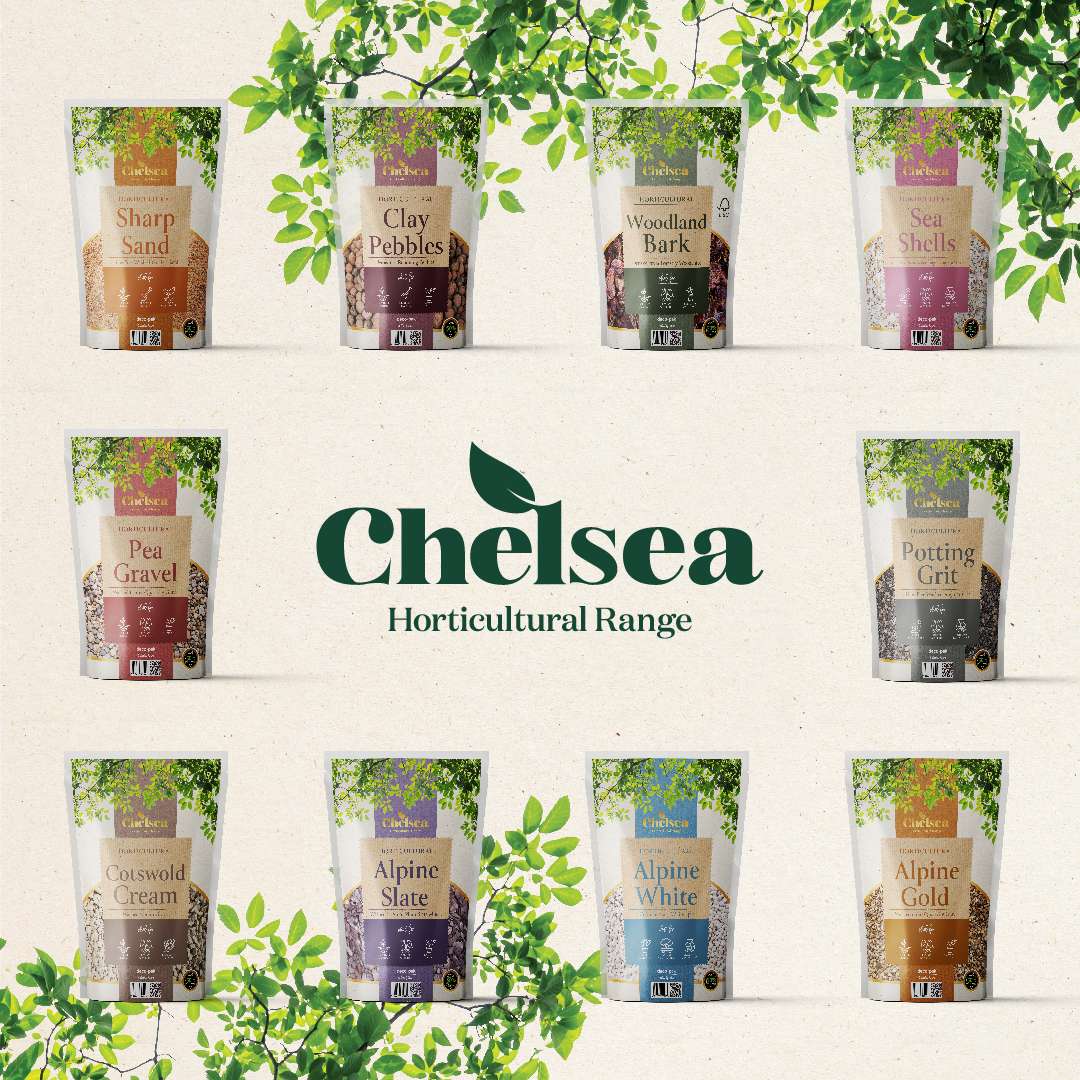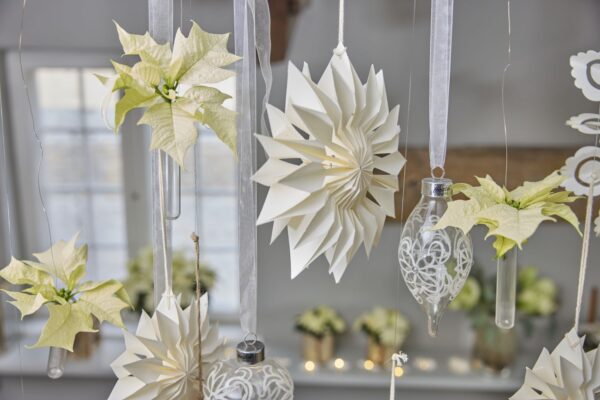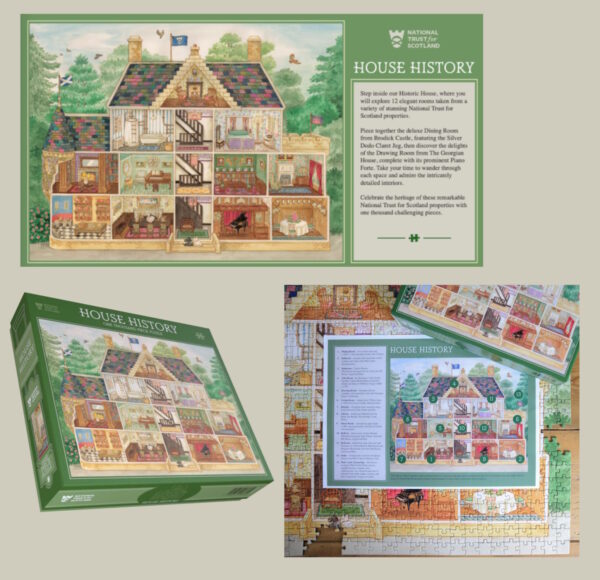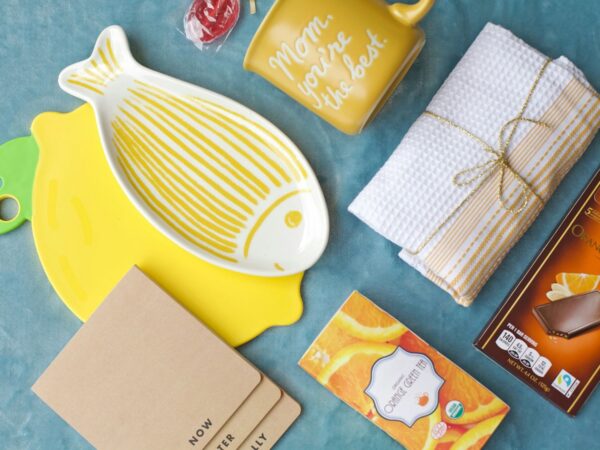Creating an outdoor space that supports safe play while preserving natural beauty is a growing priority for families and garden designers. Play areas are more than just functional zones. They should enhance the overall feel of the garden and offer children a secure space to explore, climb, and run freely. Selecting the right surface is a key part of this balance, especially when the goal is to merge safety with a visually pleasing aesthetic.
Today, more households and landscape professionals are leaning towards natural materials, aiming to soften play zones and create spaces that look and feel harmonious with their environment. Safety, style, and sustainability are all achievable with the right approach to surface selection.
Safe and Sustainable Natural Surfaces
Natural safety surfaces offer a practical alternative to synthetic options. Among these, play bark stands out as a versatile and environmentally friendly choice. This material provides cushioning in high-activity areas and fits seamlessly into landscaped gardens. Its soft surface helps reduce the impact of falls, offering peace of mind for parents without compromising the garden’s overall look.
One standout option is durable play bark for safe outdoor play from AHS. Available in various chip sizes, it caters to different garden needs, whether you’re designing for toddlers or older children. The right choice of bark grade can influence both the level of protection and the visual outcome. Finer grades provide a neater appearance and more consistent coverage, while chunkier options improve drainage and are better suited to wetter environments.
Natural options, like sand and pea gravel, can also serve a purpose, though they often fall short in consistency and ease of maintenance. Sand shifts easily, compacts over time, and requires frequent raking. Pea gravel provides excellent drainage, but its mobility can reduce its effectiveness as a cushioning surface. In contrast, play bark stays in place better, is easier to top up, and biodegrades naturally over time, making it both practical and eco-conscious.
Designing Garden Play Areas with Style
Adding a play space to a garden doesn’t mean compromising its overall design. Smart planning allows designers and homeowners to craft zones that feel purposeful and beautiful. One effective approach is to use zoning. Play bark can define play zones clearly without creating harsh visual contrasts. Its earthy tones integrate well with plants, paving, and garden furniture, contributing to a flowing outdoor layout.
Using curves instead of rigid borders can soften the transition between play and relaxation areas. Colour is another valuable design element. Play bark is available in a range of tones, from deep browns to golden hues. Choosing a bark that echoes the shades in surrounding foliage or wooden features ensures the play area feels like a natural extension of the garden rather than an interruption.
Texture plays a central role in keeping outdoor spaces interesting. Combining the smooth surface of paving with the organic coarseness of bark creates contrast without clutter. This technique is particularly useful in smaller gardens where separate areas must coexist in close quarters. The varied texture helps create boundaries without erecting fences or barriers, keeping the space open and inviting.
Complying with Safety Regulations in Private Gardens
Safety standards apply to garden play areas, particularly where equipment is involved. Critical fall height is one of the most important measures, indicating the height from which a child can fall with reduced risk of serious injury. The selection of play bark and its depth must be tailored to the specific equipment installed.
For instance, a climbing frame or tall slide requires a thicker layer of bark to absorb the potential impact. This is why planning at the early design stage is essential. Selecting the appropriate depth for the equipment in question helps ensure compliance and keeps children safe.
Materials like play bark are favoured not only because they meet these safety expectations, but also because they look good over time. Unlike some synthetic surfaces that crack, discolour, or require total replacement, bark wears gently and decomposes into the soil, which aligns with the values of sustainable garden design.
Seasonal Performance and Maintenance
Natural play surfaces perform differently throughout the year, and choosing a material that adapts to seasonal changes can improve both safety and usability. In winter, play bark offers excellent drainage, provided it’s installed over a suitable base layer like compacted crushed stone. This foundation ensures water flows away, preventing puddling and keeping the area accessible even after heavy rain.
In summer, bark stays cooler underfoot than rubber or concrete, making it more comfortable during hot spells. Its ability to retain slight moisture helps it stay soft and cool, offering a pleasant experience for children who enjoy barefoot play. These seasonal advantages make it a year-round solution.
Maintaining play bark is straightforward but necessary. Spring is the ideal time for a deep rake to aerate compacted areas and remove any debris. During summer, bark may need topping up, especially in zones that see heavy footfall. Autumn requires regular removal of fallen leaves, as decaying organic matter can encourage mould and shorten the life of the bark. Winter checks should focus on drainage and ensuring water flows away from play surfaces.
Enhancing Practical Areas with Visual Features
Creating a polished and practical play zone involves more than surface selection. Edging solutions help contain bark while contributing to the design. Timber edging offers a natural look, matching the bark and blending into planted areas. Stone edging provides a stronger, more structured finish that can tie into other hardscape features. For younger children, rubber edging is another useful choice, adding a soft buffer that improves visibility and safety.
Surrounding the play area with low-maintenance, sensory-friendly plants enhances the space without increasing upkeep. Plants such as rosemary or lavender offer fragrance and texture, while ornamental grasses bring subtle movement. These additions not only look good but encourage children to interact with nature.
Lighting is another element that can extend the usability of the play zone. Low-level LED lights placed around the perimeter or under nearby benches can provide safe, soft illumination in the evenings. Solar-powered options offer energy-efficient lighting without the need for wiring, maintaining the eco-friendly ethos of natural play design.
Wrapping Up Your Garden Design
Choosing the right surface for a garden play area is about more than just safety. It’s a matter of aesthetics, practicality, and environmental awareness. Play bark continues to be a standout option, offering a reliable, natural solution that enhances garden design while meeting safety needs. Whether you’re updating a family garden or designing a communal outdoor space, combining good looks with functional surfaces is entirely possible.
A well-planned garden can support active, imaginative play without feeling cluttered or chaotic. With thoughtful material selection, regular maintenance, and attention to how each element fits into the overall design, outdoor play areas can become treasured features in any landscape.
Pictured: The Chelsea Horticultural range of garden aggregates by DecoPak.










